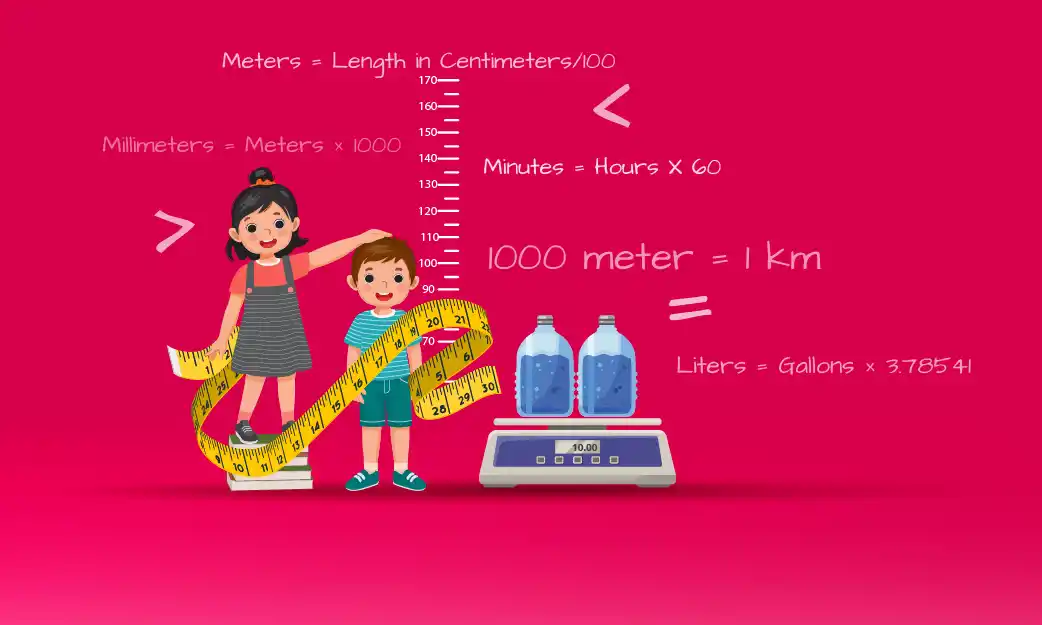
Admissions Open for

Admissions Open for

Admissions Open for

Admissions Open for
Binary to Hex Converter
In the world of digital information, binary and hexadecimal are two essential numeral systems. Binary, the language of computers, consists of only two digits: 0 and 1. Hexadecimal, on the other hand, is a base-16 numeral system, utilizing 16 distinct symbols: 0-9 and A-F, where A stands for 10, B for 11, and so on.
Converting binary to hex is a common task in computer science and programming. It allows us to represent binary data more compactly and is particularly useful when dealing with large sets of binary information.
What is Binary to Hex Conversion?
Binary to hex conversion is the process of transforming binary (base-2) numbers into their equivalent hexadecimal (base-16) representation. It simplifies the representation of binary data for easier human understanding and efficient data storage.
Why Convert Binary to Hex?
Hexadecimal representation condenses binary data, making it more manageable and readable for humans. It's especially useful in programming, networking, and digital design where binary data is prevalent.
How to Convert Binary to Hex: The Formula
To convert binary to hex, group binary digits into sets of four (starting from the right) and replace each group with its equivalent hexadecimal digit. Repeat until all binary digits are covered.
Examples:
Binary: 11010101
Grouping: 1101 0101
Hex Equivalent: D5
Result: D5
Binary: 100111001101
Grouping: 1001 1100 1101
Hex Equivalent: 9CD
Result: 9CD
Binary: 1110100101101101
Grouping: 1110 1001 01
Hex Equivalent: E96D
Result: E96D
Frequently Asked Questions
Yes, group binary digits in sets of four from the right, ensuring each group represents a nibble.
Yes, simply add leading zeros to make groups of four before conversion.
Yes, many online converters and programming languages provide built-in functions for this purpose.
CBSE Schools In Popular Cities
- CBSE Schools in Bangalore
- CBSE Schools in Mumbai
- CBSE Schools in Pune
- CBSE Schools in Hyderabad
- CBSE Schools in Chennai
- CBSE Schools in Gurgaon
- CBSE Schools in Kolkata
- CBSE Schools in Indore
- CBSE Schools in Sonipat
- CBSE Schools in Delhi
- CBSE Schools in Rohtak
- CBSE Schools in Bhopal
- CBSE Schools in Aurangabad
- CBSE Schools in Jabalpur
- CBSE Schools in Jaipur
- CBSE Schools in Jodhpur
- CBSE Schools in Nagpur
- CBSE Schools in Ahmednagar
- CBSE School In Tumkur











